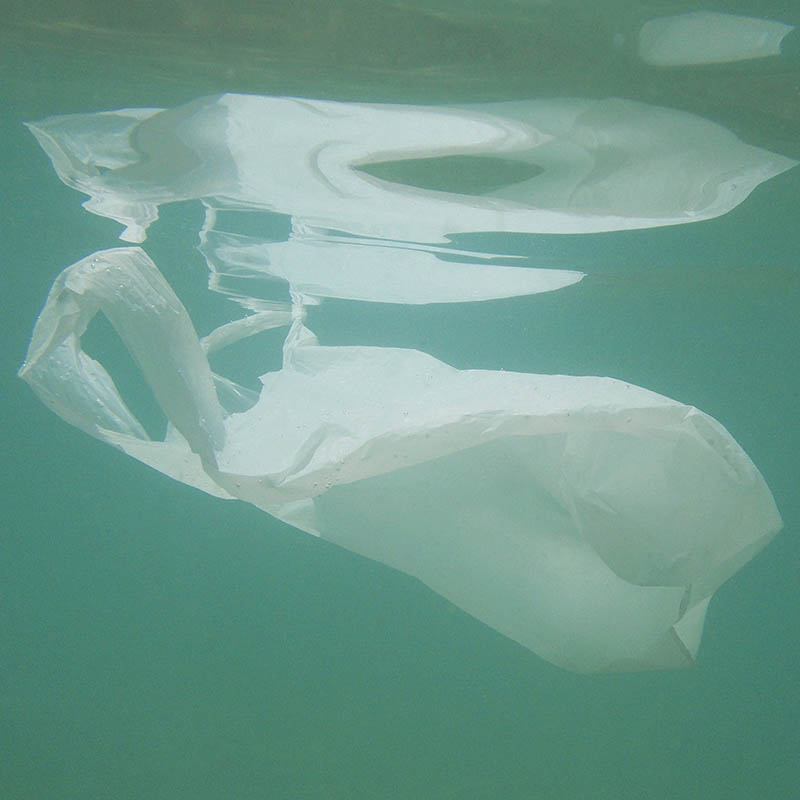
By: Akshay A.
Year: 2022
School: Aliso Viejo Middle
Grade: 7
Science Teacher: Raji Lakshmanan
4 trillion plastic bags are used worldwide every year and Americans throw away 100 billion bags every year. Since 1950 more than 9 billion tons of plastic have been produced. 60% of it is in landfills, 30% is still being used and only 12% is being recycled.
When the littered plastic bags end up in the ocean, marine animals mistake them for food and end up swallowing them. Every year millions of marine life die from swallowing plastic bags. If the current trend continues, by 2050 there will be more plastic than fish in ocean. When the plastic enters a marine animal’s stomach, it gets mixed up with the contents in the stomach which has a pH of 1.5 – 4.
Different types of plastic bags were tested in an artificially created environment which resembles a fish’s stomach to find out which one degrades the fastest. Akshay’s project was designed to check whether different types of plastic bags make a difference in the ocean.
Akshay recreated a fish’s stomach by using hydrochloric acid because fish stomachs are highly acidic. The student checked 3 different types of biodegradable bags that have different thickness and sizes, cutting up these plastic bags into small pieces and putting them in ocean water with the hydrochloric acid mixed into it. After 24 hours the student took out the plastic pieces and weigh them with a scale and also see if the size decreases.Then, checked the color and the pH to see if it changes.
“My data showed that the most effective plastic bag was the compostable bag,” the student said. “The compostable bag decreased in size by 3 to 4 mm which is an 8 % decrease. The 2nd most effective was the D2W bag. This bag decreased by 1 to 2 mm. The plastic, ocean plastic, and recycled plastic were not effective at all and did not change in size whatsoever. Some errors that I encountered were that the fact that I used water and hydrochloric acid to replicate a fish stomach might have had some error because water and hydrochloric acid isn’t really a fish stomach. In conclusion the compostable bags were the most effective.”
